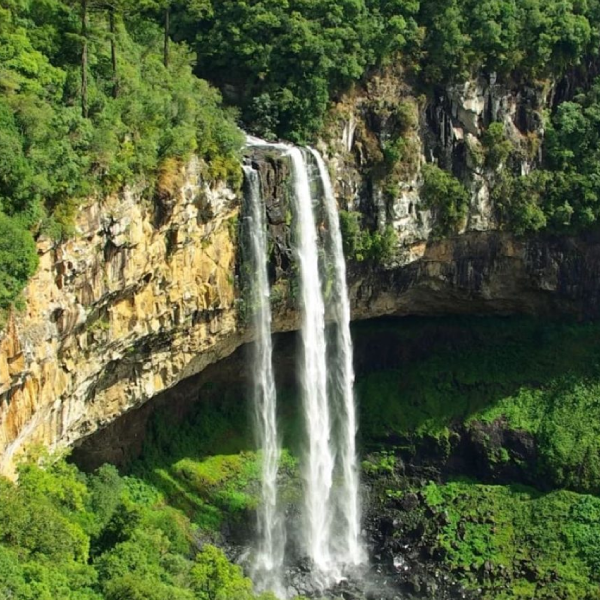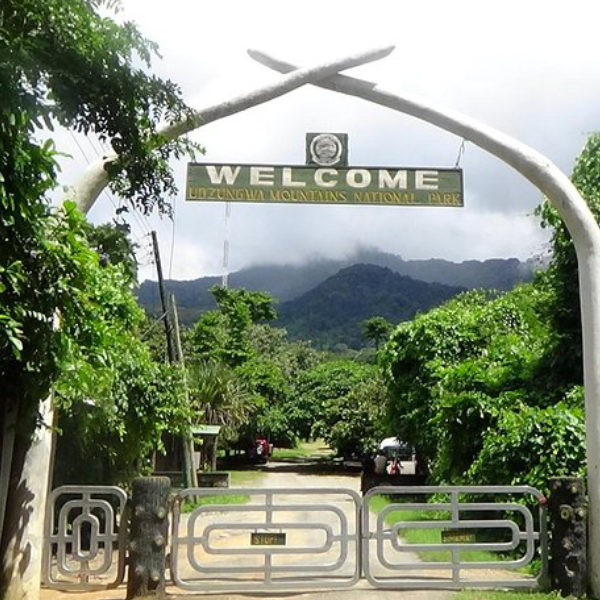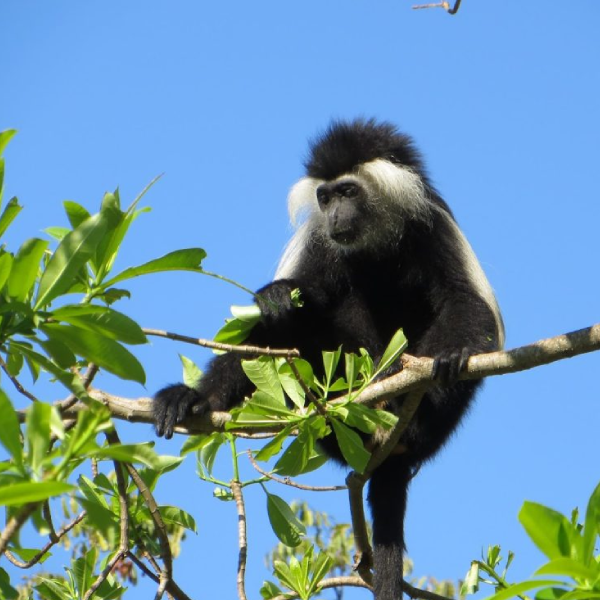Udzungwa Mountain National Park, located in southeastern Tanzania, is a biodiversity hotspot known for its rich flora and fauna. The park is part of the Eastern Arc Mountains, a UNESCO World Heritage site. It is home to unique species such as the Udzungwa Red Colobus Monkey and the Iringa blue monkey. The park offers stunning landscapes, including tropical rainforests, waterfalls, and highland savannas. With its hiking trails and abundant wildlife, Udzungwa provides an excellent destination for nature lovers and eco-tourists looking to experience pristine wilderness in East Africa.
Getting There
Udzungwa Mountain National Park is located around 300 kilometers from Dar es Salaam, making it accessible by both road and air. The park can be reached by car or bus from Dar es Salaam to the town of Mang’ula, located near the park’s entrance. From Mang’ula, a short drive or walk will bring you to the park gates. The nearest airport is in Iringa, which is about 100 kilometers away. For those flying into Dar es Salaam, it’s a scenic drive that takes about 5-6 hours to reach the park.
What to Do
- Hike along the park’s varied trails, such as the popular Sanje Waterfall Trail for stunning views.
- Spot unique wildlife, including the Udzungwa red colobus monkey and Iringa blue monkey.
- Explore the lush rainforests and enjoy birdwatching with over 400 bird species.
- Visit the Sanje Waterfall, the tallest waterfall in the park, for an invigorating experience.
- Take a nature walk to enjoy the park’s diverse ecosystems, including montane forests and grasslands.
- Visit the Iringa Museum in the nearby town to learn more about the region’s culture and history.
When to Go
The Best Time to Visit Udzungwa Mountain National Park is during the dry season, from June to October. These months offer mild weather, less rainfall, and clearer trails, making them ideal for hiking and wildlife spotting. The dry season also provides better visibility for birdwatching and photography. For those interested in lush greenery and fewer crowds, the shoulder months of November to December offer good conditions as well. The rainy season (March to May) can make trails slippery and harder to access, so it is not recommended for hiking.










